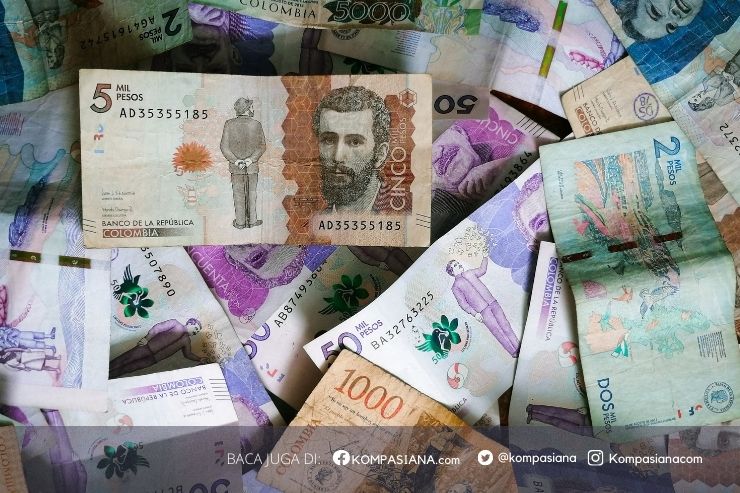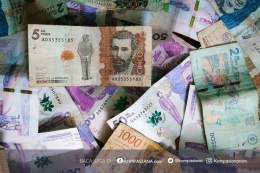·Local Government = Rp. 0 – Rp 25
·Minister = Rp.0
·No Standards
·Rp 600
2.2.3Lack of collateral and low independent employee
I have evidence that most of incumbent and prospective SMEs don’t have enough collateral. They also did not have license or legal letter, and bank account or journal to indicate their cash flow, so they could not get loan from the capital market or the bank, while the banking system or loan is essential for the life of firms and especially for small and medium enterprises as they do not have access to capital markets (Moro and Kodwani, 2010). I
In most undergraduate student cases, which choose their career as an entrepreneur, have to fight with bureaucracy for one year if they want to get business license from government, while running their business. They also have to maintain and sustain their business for 2 years more, if they want to proposed loan to the bank. Else, most of them also have a low knowledge and interest about the financial management, so they usually don’t have any bank account number or journal to indicate their business financial statement. But, from the entire requirement, collateral is the hardest requirement from the bankers, because it is almost impossible for them to buy fixed asset such as land or house or car, in the first three year age of their business.
Others, many people who choose their career as an employee, also have a hard way to change their career when their age is more than 30 years old. Table 4 shows that, even after work for 12 years, the unskilled labor have an account is less than Rp 4.000.000,-, unless they have a good financial management and not consumptives. It also shown, that their psychological effect, to work independent or being a self employed people or entrepreneur decrease significantly, and had a positive correlation with bargaining power to their employer.
In most case, event they have the entire requirement to get the loan from the bank (Mandiri, BNI, BRI and BUKOPIN) and BUMN such as ANTAM and PELINDO II which release KUR and guarantee from the government trough ASKRINDO, they still could not get it.
Table 4. Income Vs Outcome/Expense, (x1.000) (Edited from many sources, Dhani, 2010)
Grade
Status
Type of Employee
Gross Income / Salary (Rate)
Outcome / Expense = > 70% from Salary
Monthly Saving
Annual Expense /Extraordinary
Annual Saving







